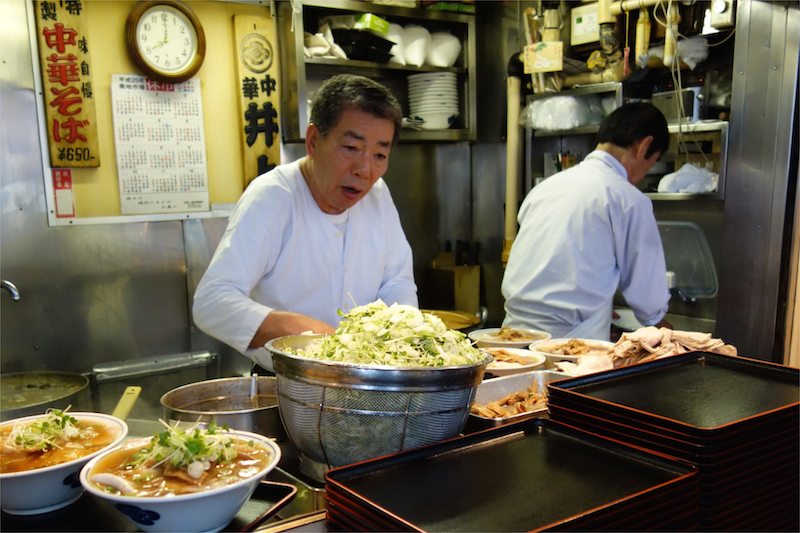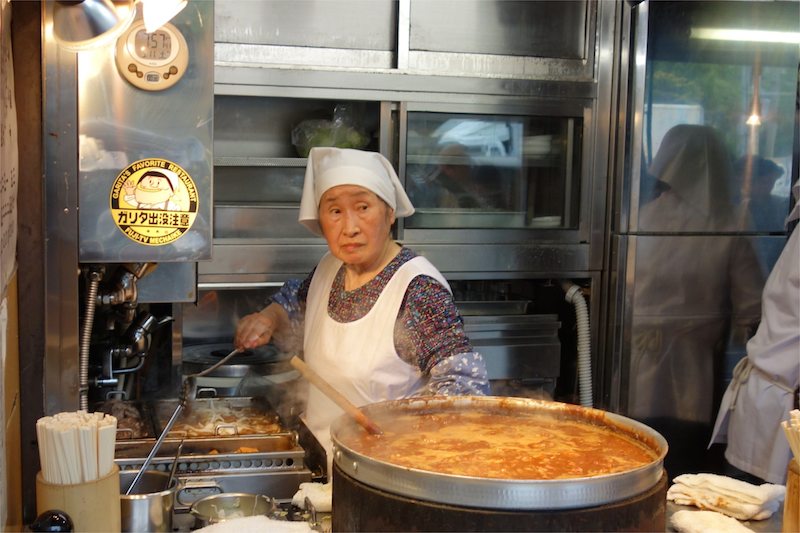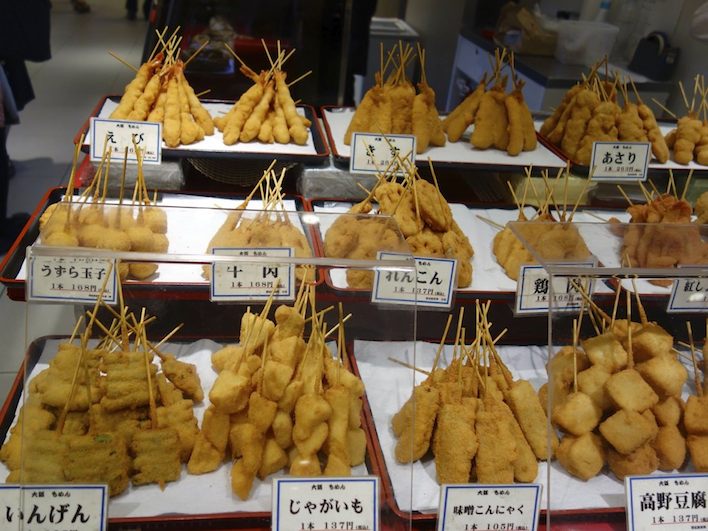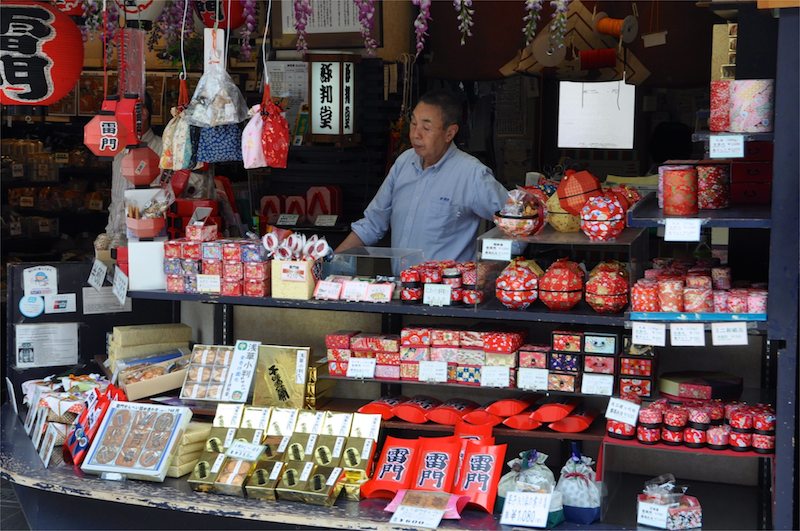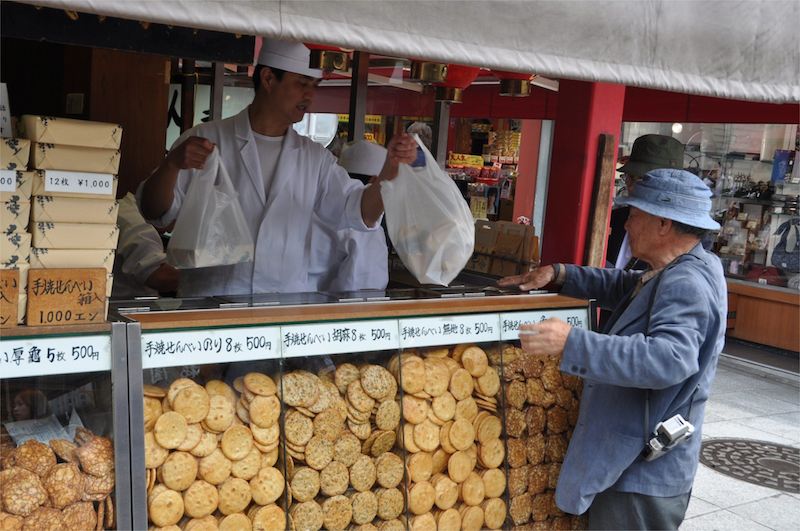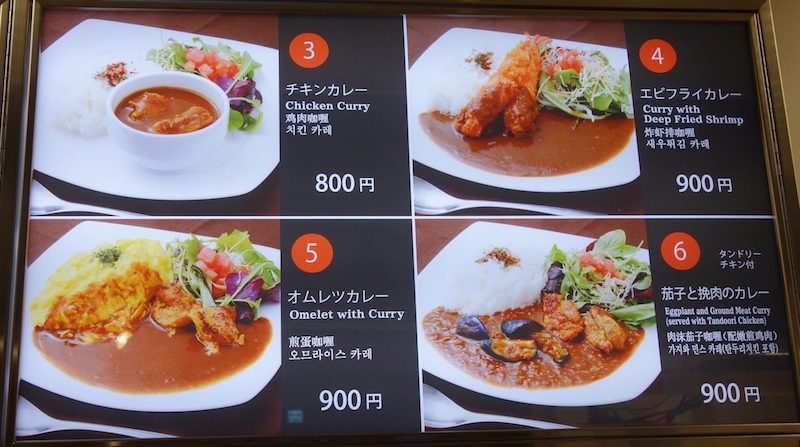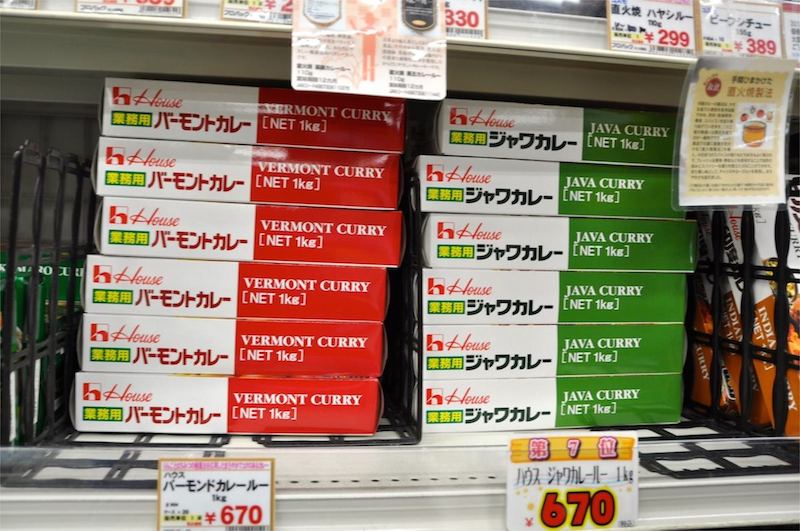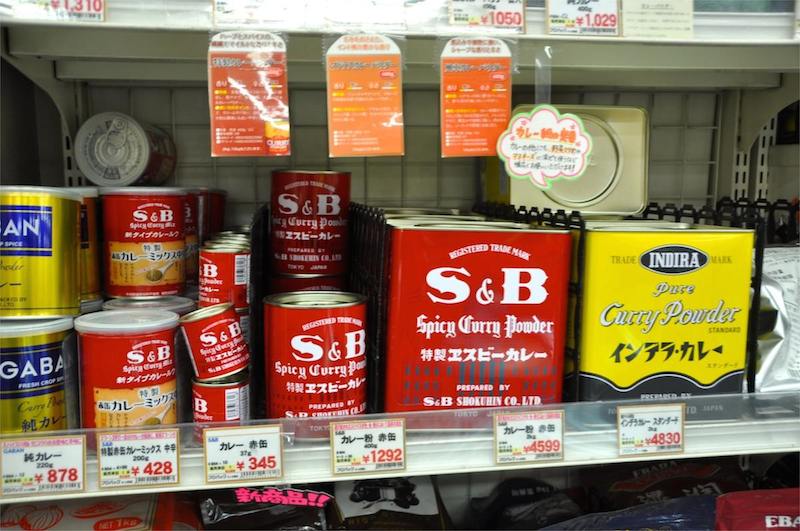Japanese Chicken Curry In Tokyo
Tokyo is a food-lover's delight. From its grand, five-star restaurants to humble vendors on every street corner, there is something for everyone to savour. When we set out on a trip to Japan we planned to seek out the finest sushi and sashimi. We found that, and much more, but nothing prepared us for the biggest surprise of our travels - Japanese curry!
Curry is so popular in Japan that most people assume it has always been a part of Japanese cuisine. In fact it arrived in Japan in the late nineteenth century as it opened up to western influences. British ships sailing to Japan served curry on board and the Japanese saw it as an exotic, western dish. Cafes in Tokyo were soon serving curry, prepared in the English fashion: meat and onions were fried in butter, curry powder and stock added and the mixture simmered slowly.
The Japanese fondness for curry came as a surprise to a much earlier visitor from India, the young revolutionary Rash Behari Bose. He fled India, then a British colony, after a failed attempt to assassinate the British viceroy and sought refuge in Japan in 1915. He was hidden by sympathetic Japanese nationalists in the Nakamuraya bakery run by Aizo and Koko Soma. He fell in love with their daughter Toshiko and married her a few years later. Rash Behari Bose became a Japanese citizen and was involved in running the bakery as it expanded, opening several new branches and adding a café to its main location in Tokyo's Shinjuku district which was becoming a major shopping centre.
Bose was responsible for the biggest draw on the café menu – real Indian curry, which was something new in Japan. Bose personally supervised its preparation, selected the ingredients that went into it, and tasted it every morning before it was served. Introducing the Japanese to genuine Indian cuisine was part of the nationalist struggle for Bose, who dreamed of a day when Asians could experience each others' cultures without the exchange being mediated by westerners.
Nakamuraya’s curry was an instant success and the elite of Tokyo flocked to the café to taste authentic Indian food. Bose became a celebrity as newspaper reporters told of his struggles against imperialism and his romance with Toshiko. His curry became famous as the “taste of love and revolution”.
The Nakamuraya chain continues to flourish, supplying packaged foods to grocery stores across Japan. The flagship restaurant still stands in its original location in Shinjuku and faded black-and-white photographs in its foyer commemorate the story of the Soma family and the Indian revolutionary they sheltered. The most enduring monument to Rash Behari Bose is the curry served by Nakamuraya, still made according to his original recipe. Try it if you are ever in Tokyo, for where else will you find a “taste of love and revolution” in a single spoon?
This recipe, with its intriguing mix of ingredients and flavours is popularly served all over Japan. The unusual combination of apples with celery, carrot and potatoes is strangely comforting!
Japanese Chicken Curry
1 lb (about 8 ) boneless skinless chicken thighs, cut into bite sized pieces
4 tbsp all purpose flour, divided
4 tbsp vegetable oil, divided
4 cloves of garlic, grated or minced
1 inch piece of ginger, grated or minced
1 medium onion, finely chopped
1 carrot, peeled and diced
1 medium Yukon Gold potato, peeled and diced
1 stick celery, sliced thin
Salt to taste
2 cups chicken broth, divided
¼ cup canned crushed tomatoes
3 tbsp unsalted butter
1 tsp each: garam masala, curry powder
¼ tsp cayenne pepper
1 apple, peeled and grated
1 tbsp soy sauce
1 tsp honey
Combine chicken and 2 tbsp flour in large mixing bowl, tossing to coat pieces well with flour.
Warm 2 tbsp oil in deep non-stick skillet set over medium high heat. Add chicken pieces, shaking off excess flour. Brown chicken for 5 min until lightly golden. Transfer to bowl.
Add remaining 2 tbsp oil to same skillet. Add garlic and ginger, sauté for about 1 min until they brown lightly. Add the onions and sauté for about 8–10 minutes, stirring occasionally, until lightly browned.
Add carrot, potato and celery, sauté 2 min. Add chicken, salt, 1 cup broth and tomatoes. Cover skillet, bring contents to a boil. Reduce heat to medium low and cook for 30 min, stirring occasionally.
Meanwhile make the roux. Warm butter in non-stick frying pan over medium heat. Add remaining 2 tbsp flour. Stirring occasionally, cook until flour turns to a light golden colour, about 10 min. Add curry powder, garam masala and cayenne pepper, cook 2 min. Add remaining 1 cup broth, cook 1 min, stirring till roux thickens.
Add roux, apple, soy and honey to chicken in skillet, stirring to mix it in gently. Cover skillet and cook for 5 min for flavours to blend and apple to soften.
Serves four

